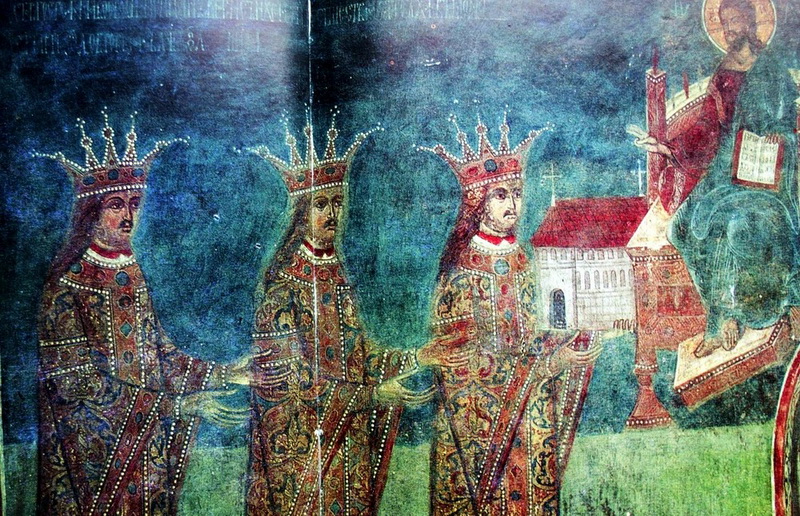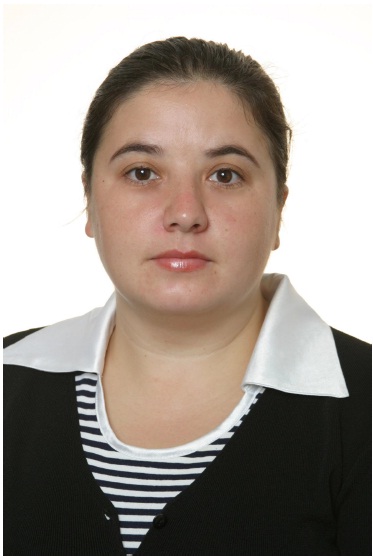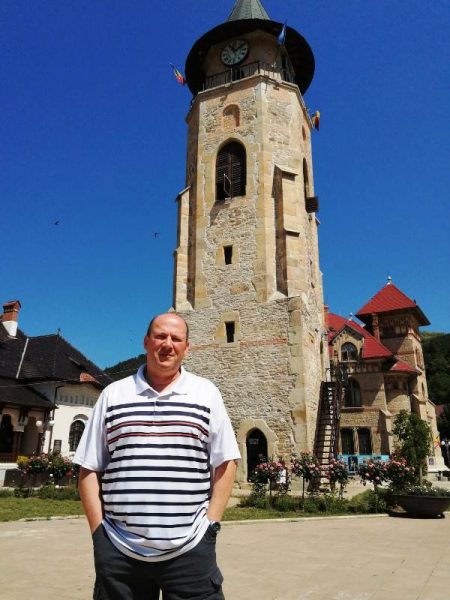The scriptwriters of the famous series would find enough material for several seasons by studying the early history of Moldavia and the first Mușatini rulers. This brief study focuses on the descendants of Alexandru cel Bun (Alexander the Good), whose long and fruitful reign left behind a country with defined borders, fortresses, institutions, and a battle-tested army. He also left behind a large family: sons and grandsons born both within and outside the royal bedchambers. According to tradition, any of them could claim the throne as long as they were of princely blood. And after Alexandru’s death, the throne of Moldavia became the stage for relentless struggles, often worsened by foreign interference that did little to help the country.

To sum it up: Iliaș ascended the throne after Alexandru I and ruled alone, then alongside his brother Ștefan II, until Ștefan defeated him and had him blinded. Ștefan II, ruling with support from Wallachia, was then beheaded by Roman II, the son of Iliaș, with Polish aid. Petru II, another uncle, dethroned Roman and chased him into Poland, where he was assassinated at 22. Between 1447 and 1449, a series of rulers—Petru II (twice), Roman II, Ciubăr-Vodă (The Tub-Lord), and Alexăndrel (8 months) —took turns seizing power, sometimes for just a few months. At Tămășeni, Bogdan II, defeated Alexăndrel and became ruler of Moldavia. A year later, at Crasna (near Vaslui), Bogdan II, the father of Ștefan cel Mare (Stephen the Great), defeated a Polish army sent to reinstate Alexăndrel. In 1451, Petru Aron murdered his brother Bogdan II at Reuseni and took the throne, only to lose it again. Between February 1452 and August 1454, Alexăndrel returned to power. In May 1455, Petru Aron defeated him at Movile and reclaimed the throne. Alexăndrel was killed by the boyars. In 1457, Ștefan III defeated Petru Aron and later executed his uncle in 1470.
Voivode Iliaș
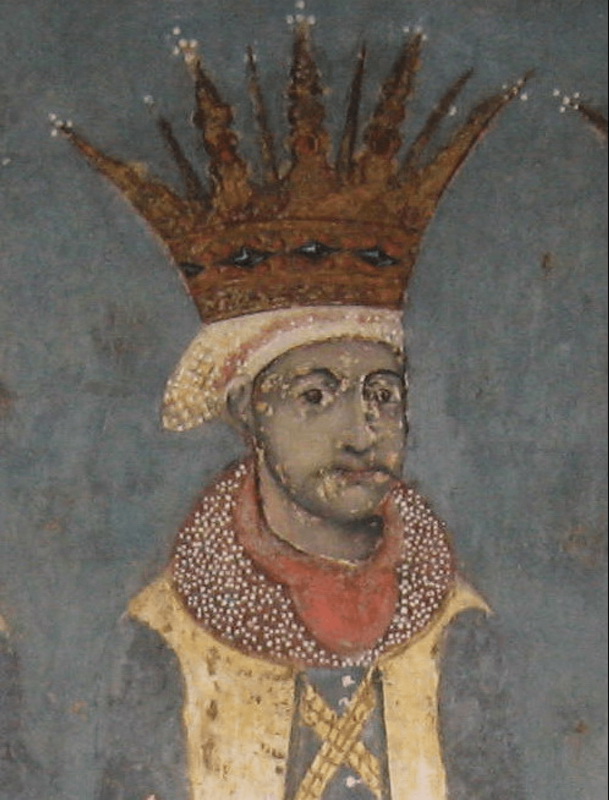
Iliaș ruled alone twice: from January 1, 1432 to September 1433, and from August 5, 1435 to March 8, 1436. From March 8, 1436 to August 1, 1442, he ruled jointly with his brother Ștefan II. Iliaș, the eldest son of Alexandru cel Bun, was briefly associated with his father’s reign. He married Maria, sister of the Queen of Poland, and had two sons: Roman and Alexandru. During his second reign, in October 1433, the Battle of Loloni took place, where Ștefan II defeated him and had his eyes gouged out.
Voivode Ștefan II
With foreign support, Ștefan II held the throne in several periods: October 1433–August 5, 1435; March 8, 1436–August 1442 (co-ruler with Iliaș); August 1, 1442–July 13, 1447; and 1444–1445 as co-ruler with Petru II. Backed by Vlad Dracul of Wallachia (father of Vlad the Impaler) and by the Ottomans, he expelled Iliaș. In February 1434, Iliaș returned with Polish support and mercenaries but was again defeated by Ștefan and fled to Poland. On August 4, he came back with another army, leading to a stalemate at Podraga. The brothers reached a compromise: Iliaș ruled northern Moldavia from Suceava, while Ștefan held the south from Vaslui. From March 8, 1436 to August 1, 1442, they co-ruled. In November 1439 and 1440, Tatar hordes attacked Moldavia, burning Vaslui and Bârlad. Eventually, Ștefan forced Iliaș back into exile in Poland. When Iliaș tried to return, he was defeated and blinded in May 1444. In the new circumstances, Petru II, another of Alexandru’s sons, tried to claim the throne but was defeated and fled to Hotin. Ștefan II ruled alone until 1447, when he was killed by Roman, Iliaș’s son.
Voivode Petru II
The third son of Alexandru cel Bun to ascend the throne, Petru II ruled briefly (July 13–September 15, 1447). He was married to a sister of John Hunyadi, from whom he received support. Petru II seized the throne of Moldavia once again and ruled for only one year and one month (February 23, 1448 – March 23, 1449).
Voivode Roman II
Grandson of Alexandru cel Bun, Roman II ruled from September 15, 1447 to February 23, 1448. He was the son of Iliaș and, with Polish support, he captured Stephen II and had him beheaded in 1447. He co-ruled briefly with his uncle Petru II before being overthrown. He fled to Krakow and was murdered at 22 by agents of his uncle.
The Rule of “Ciubăr Vodă”(The Tub-Lord)
Chronicler Grigore Ureche wrote that “after the death of Pătru Vodă, Ciubăr Vodă ruled for two months” (October 10–December 1448). Most historians agree Ciubăr was the same man as the commander of Hungarian troops who helped Petru III reclaim the throne from Roman II. His name likely comes from a distortion of the Hungarian name Csopor. Folklore remembers him as a ruler who ate rats, and he appears as a character in some literary works.
Voivode Alexăndrel
Son of Iliaș, Alexăndrel ruled three times: March 23–October 12, 1449; February 1452–August 24, 1454; and February 8–May 25, 1455. He was exiled three times and eventually killed by rebellious boyars. His third reign ended after the battle of Tămășeni (near Roman), where Bogdan II, backed by John Hunyadi, defeated him and seized the throne.
Voivode Bogdan II
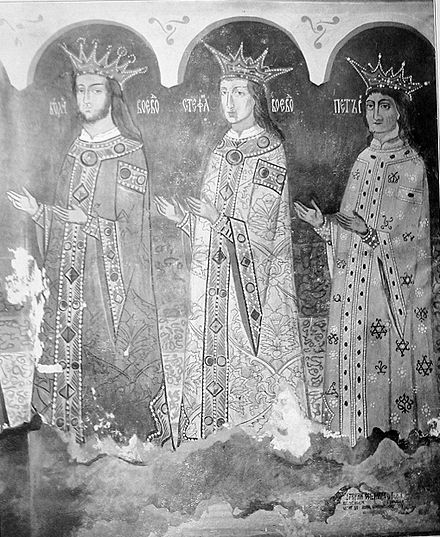
Voivode Petru III Aron
Petru III Aron ruled Moldavia three times: October 15, 1451–February 1452; August 25, 1454–February 8, 1455; and May 25, 1455–April 14, 1457. The illegitimate son of Alexandru cel Bun, his mother’s identity is unknown. He first fought and killed Bogdan II at Reuseni in 1451, then clashed with Alexăndrel, whom he defeated at Movile in March 1455, forcing him to retreat to Cetatea Albă (The White Fortress), where he lost his life, killed by assassins sent by the new ruler.
In October 1455, Petru III Aron sent the customary homage of loyalty to the King of Poland, which he renewed in June 1456, when he reaffirmed the commercial privilege granted in 1408 by his father, Alexandru cel Bun, for Polish merchants.
On October 5, 1455, Sultan Mehmed II sent an ultimatum to Petru Aron, demanding the payment of a tribute from Moldavia, amounting to 2,000 gold coins—an amount accepted in May 1456 in order to remove the threat that was looming from the south.
On August 22, 1456, Vlad Țepeș (Vlad the Impaler) became ruler of Wallachia and supported his cousin, Ștefan cel Mare (Stephen the Great), in claiming the Moldavian throne. In 1457, Ștefan defeated Petru Aron at the battle of Doljești. Petru fled to Poland and later to Székely Land, from where he stirred conflict between Ștefan and Matthias Corvinus. At Baia, in 1467, Ștefan cel Mare defeated Matthias Corvinus, and Petru Aron fled once more. He was finally captured and executed by Ștefan in 1470 after the battle of Orbic near Buhuşi. Thus ended the bloody “game of thrones.” Stephen III, whom we call “the Great,” succeeded from the very beginning in putting an end to the anarchy of the great boyars who rose up against authoritarian rulers. We recall the execution of the treacherous boyars in 1467, led by Chancellor Isaia – his own relative – on the first day of Christmas. Other pretenders of princely blood emerged over the years—but all met their end under the executioner’s axe.
Prof. Dr. Daniel DIEACONU
Translated from the original article by Prof. Dr. Daniel Dieaconu, published in Mesagerul de Neamț on March 16, 2025. Read the original (in Romanian) here.




